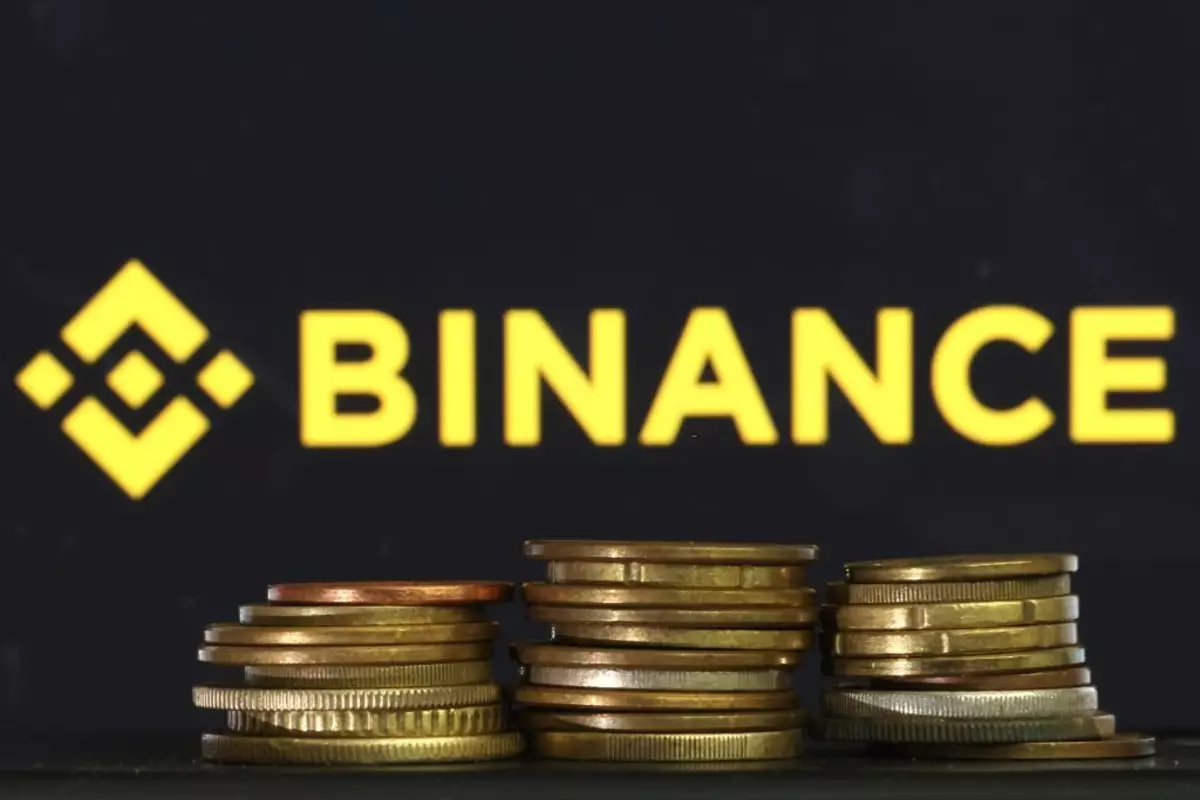Cryptocurrency exchange Binance has been making waves in the market, with CEO Changpeng “CZ” Zhao expressing his intention to introduce smaller algorithmic Stablecoins. This move aims to provide investors with alternatives to the existing global Stablecoin giants such as Tether and Binance USD. In a recent Twitter “Ask Me Anything” (AMA) session, CZ highlighted concerns associated with large Stablecoins, particularly the lack of transparency and audit reports. To address these issues, Binance is diversifying its stablecoin partnerships and actively developing algorithmic Stablecoins tailored to different regions. This article delves into the importance of this strategic approach and explores the regulatory uncertainties that Binance faces.
Large Stablecoins like Tether and Binance USD have long dominated the market, but CZ believes that they come with inherent risks. The lack of transparency and absence of audit reports for Tether are a cause for concern. CZ stated, “I personally have not seen any audit reports of USDT. I don’t think most people I spoke to have not seen that either. So it’s kind of a black box because we just don’t know.” The regulatory hurdles and complexities associated with stablecoins, especially in New York, further compound the challenges.
As a solution to the risks posed by existing stablecoins, Binance is actively seeking collaborations with various Stablecoin projects. By diversifying its stablecoin partnerships across multiple assets, Binance aims to enhance the diversity of its offerings and minimize potential risks. CZ emphasized the importance of avoiding a concentrated approach, asserting, “We shouldn’t have a single bet.” This approach aligns with Binance’s commitment to innovation, regulatory compliance, and risk management.
Binance recognizes the need for stablecoins that address regulatory and transparency concerns. To achieve this, the exchange has a specialized team working on developing algorithmic Stablecoins tailored to different regions. This strategic approach allows Binance to diversify its stablecoin offerings and observe which ones gain traction. CZ explained, “Our approach is, given everything has some risk, let’s just diversify and see which one grows bigger.”
Binance’s ambitious plans are met with regulatory uncertainties and legal disputes. The United States Commodity Futures Trading Commission (CFTC) filed a lawsuit alleging regulatory overreach by Binance. In response, CZ and Binance’s legal team pursued dismissing the case. The situation is further complicated in Nigeria, where the local regulatory body, the Nigerian SEC, declared Binance’s activities unlawful. The SEC warned against investing with Binance due to its lack of licensing in the country. However, Binance issued a cease-and-desist notice to Binance Nigeria, clarifying its stance. Despite these challenges, Binance remains committed to collaborating with governments worldwide and fostering constructive relationships with regulatory bodies.
Binance’s CEO CZ has unveiled plans to introduce smaller algorithmic Stablecoins, presenting investors with alternatives to existing giants like Tether and Binance USD. The need for transparency and regulatory compliance in the stablecoin market has pushed Binance to actively diversify its stablecoin partnerships and develop algorithmic solutions tailored to different regions. Despite regulatory uncertainties and legal disputes, Binance remains committed to fostering relationships with regulatory bodies to ensure a secure and compliant cryptocurrency ecosystem. As Binance continues to navigate the complexities of the market, it seeks to strike a balance between innovation, compliance, and risk management in its stablecoin endeavors.


















